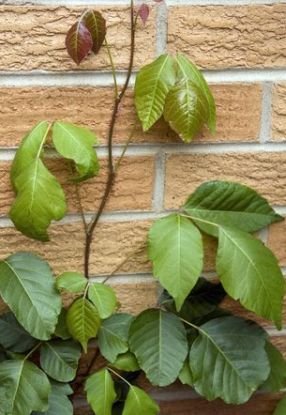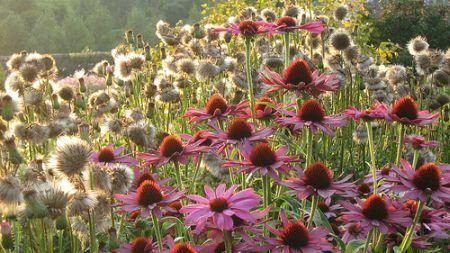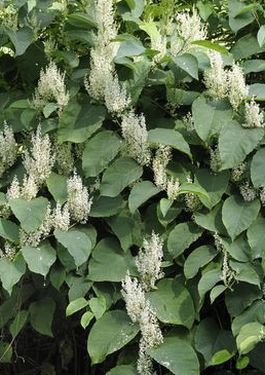Chemoreceptors -
How Butterflies Taste
Chemoreceptors play an extremely important role in butterfly life. Outside of helping the butterfly recognize and taste food, they serve to do more.
The sensory systems that butterflies possess are:
- Taste
- Smell
- Sight
- Hearing
- Touch
The most highly developed senses the butterfly relies on are -
Taste, Smell and Sight.
When seeking food the butterfly places their tarsi, or feet, on possible food sources. Chemo-receptors in the tarsi then relay the food source information to the butterfly brain and simultaneously receptor cells confirm that the food is or is not good. If determined food is good to eat, instinctively the proboscis, or tongue, unrolls ready to take in the nutrients.

When the proboscis is placed on the butterfly food, enzymes are excreted that mix with pollens and turn food into a liquid form. The proboscis then sucks up the necessary nutrients.
These receptors also play a major role with the female butterfly seeking out a host plant so she can deposit her eggs. These receptors are found on her legs at the base of her spine.
Using this part of her legs, the female will steadily tap her legs on the plant or leaves. Eventually releasing juices, the female is able to identify the plant as a good host or not by these juices.
| Photo: Veruska1969 |
Other Chemoreceptors FYI:
- Butterflies are able to touch with sensory hairs, or setae. These are found all over the butterfly. Setae are attached to nerve cells that relay information about hair movement to the butterfly's brain in a similar manner as with tasting.
Depending on the location of these sensory hairs, the butterfly is able to sense different winds and how to fly in them, positioning other areas of their body (head, legs, antennae, etc.) and using gravity with all of the above.
- The butterfly caterpillar also has setae. Have you ever touched a caterpillar and seen it roll into a ball? Those are the sensory hairs responding.
- Not all insects taste in the same manner as the butterfly. For example, bees and ants are able to taste their food through their antennae. Other insects, like we humans, taste with their mouth parts.
This short video captures every detail of
butterfly legs and tarsi and setae. (No sound)
Related Articles:
Butterfly Mating - Senses Taste and Smell help in finding mates.
Back from Chemoreceptors to home page Easy Butterfly Garden
 Copyright © 2010-2015 Easy-Butterfly-Garden.com
Copyright © 2010-2015 Easy-Butterfly-Garden.com
Privacy Policy Disclaimer
 Print Print
|

Join Easy Butterfly Garden on Facebook
I'd like to thank Karen on our Facebook page recently...
If you are close to the Simi Valley area there is a Monarch butterfly waystation that some may be able to connect to...
Visit our Facebook page
for more information.
Thanks Karen!
Recent Articles
-
Leaves of Three
Apr 18, 15 08:21 PM
There are many plants with leaves of three, but if they are weeds leave them alone! Poison Ivy, Poison Oak and Atlantic Poison Oak will cause most to break out in a rash if the weeds are touched.
-
Food Web
Apr 14, 15 10:08 AM
Butterflies are included in the food web. While building your garden it is important to understand what else is going on behind the scenes that can be good or cause problems.
-
Host Plants for Butterflies
Apr 03, 15 08:50 AM
This complete list of host plants for butterflies covers the most common butterflies, and also the largest family - Nymphalidae, or Brushfooted butterflies.
-
Host Plants for Butterflies - Nymphalidae Family
Mar 25, 15 10:41 PM
This complete list of host plants for butterflies covers the most common butterflies, and largest family - Nymphalidae, or Brushfooted butterflies.
-
Japanese Knot Weed
Mar 22, 15 09:20 AM
Considered Britain's most problematic weed, japanese knot weed is now considered a seriously invasive weed of the United States.




New! Comments
Have your say about what you just read! Leave me a comment in the box below.